Rivalries have always fueled progress in World of Warcraft. Whether between guilds racing for world-first raid clears or duelists clashing in the Arena, competition drives players to push beyond their limits. But beneath the tension, rivalries also form unexpected bonds—uniting communities, inspiring creative breakthroughs, and transforming rivals into lifelong friends.
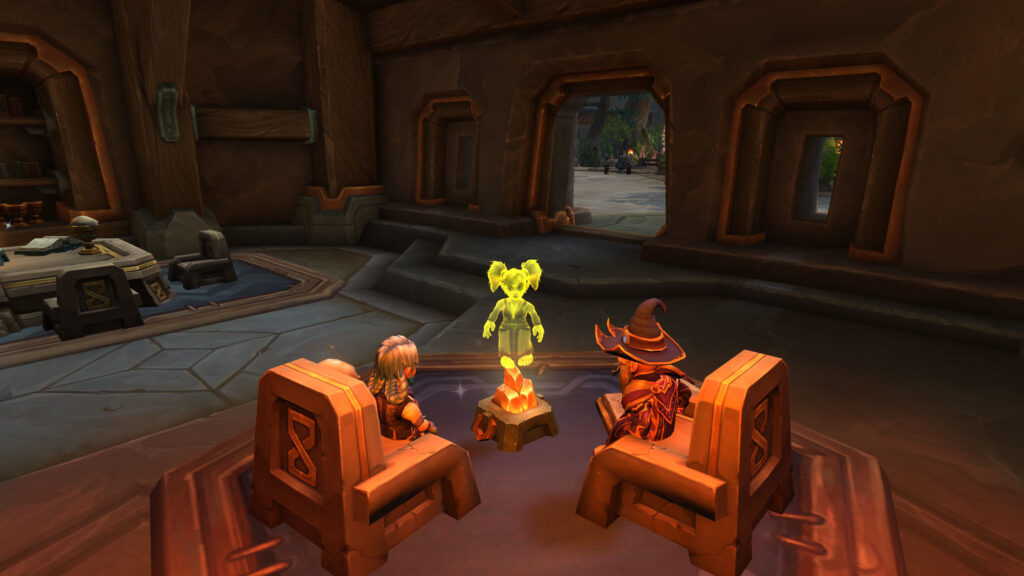
This article explores how rivalry in WoW has evolved from simple competition into a defining force of social connection, creativity, and shared achievement.
The Birth of Rivalry in Warcraft
Rivalries in WoW trace back to its earliest days, when server communities were tight-knit and reputation mattered as much as skill. Raiding guilds like Nihilum, Method, and Paragon set the stage for competitive ambition, inspiring others to reach for greatness. Each kill video, forum post, and leaderboard update became a spark that ignited determination across servers.
Unlike modern matchmaking systems, these early rivalries were deeply personal. Players knew their competitors by name, creating social dramas that gave every victory—and every defeat—a sense of legend.
From Conflict to Connection
Despite the fierce competition, rivalries often lead to respect. Many of WoW’s strongest friendships began between opposing factions or rival guilds. Shared experience in raids, battlegrounds, or server-wide events turns rivals into collaborators. After all, no one understands the grind and glory of Warcraft like someone who’s fought you for it.
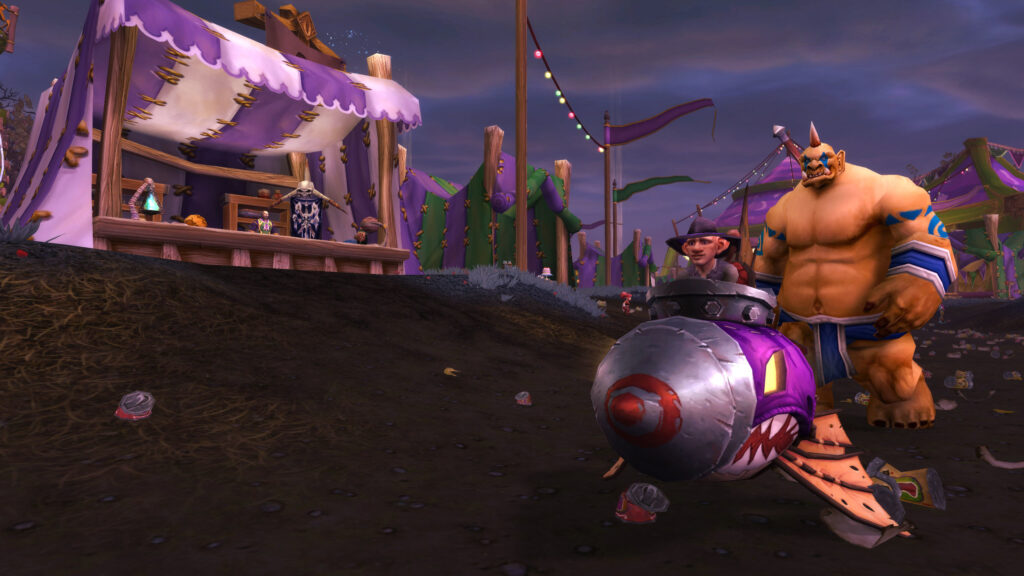
Even PvP adversaries form bonds through mutual admiration. A well-fought duel or balanced battleground creates narrative tension—moments where competition becomes storytelling, and players write their own shared lore.
Creativity Through Competition
Rivalries are also engines of innovation. Guilds devise unique boss strategies, min-max rotations, or creative raid compositions to outdo their peers. This experimentation has historically driven the entire player base forward, forcing Blizzard to evolve game balance and encounter design.
In PvP, players innovate by crafting psychological warfare—transmog intimidation, positioning mind games, or even using emotes strategically. The drive to outperform an equal creates fertile ground for creativity, turning competition into artistry.
Different Types of Rivalries
Not all rivalries are hostile. Some are playful, others philosophical. They can occur between guilds, players, or even communities centered around speedrunning or roleplay events. Each adds unique value to the WoW experience.
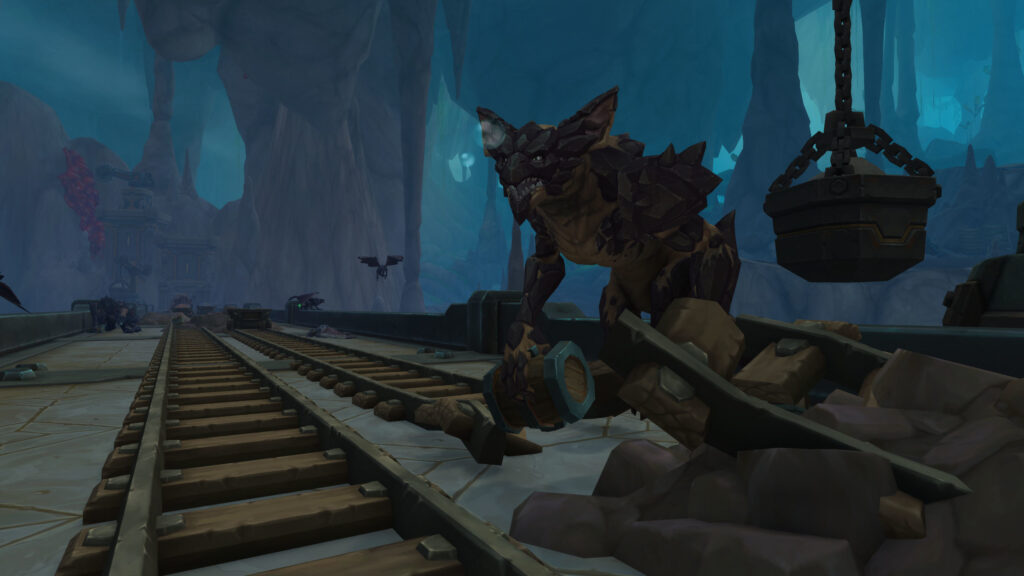
The list below highlights the most common rivalry types that shape player behavior:
- Raid Race Rivalries: Guilds competing for first clears drive optimization and community coverage.
- PvP Duels: Individual battles sharpen skill and establish reputation.
- Faction Wars: Alliance and Horde rivalries fuel identity and pride.
- Economic Rivalries: Auction house tycoons compete in silent wars of gold and market control.
- Creative Rivalries: Streamers, theorycrafters, and roleplayers pushing each other to new heights.
Each rivalry fosters growth through contrast—pushing players to adapt, evolve, and redefine mastery.
When Rivalries Become Legends
Some rivalries transcend the game itself. Entire communities remember guild wars that lasted years or iconic player duels streamed to thousands. These rivalries often produce unexpected unity—competitors collaborating on guides, projects, or charitable events long after their battles ended.
Such stories form part of Warcraft’s living mythology, proof that conflict, when rooted in respect, strengthens the community it divides.
The Psychology of Friendly Competition
Rivalries satisfy a deep human desire for comparison and growth. They create purpose, structure, and motivation in a world with no fixed end. For many, a rival provides the ultimate feedback loop: a mirror showing how far one has come—and how far one can go.
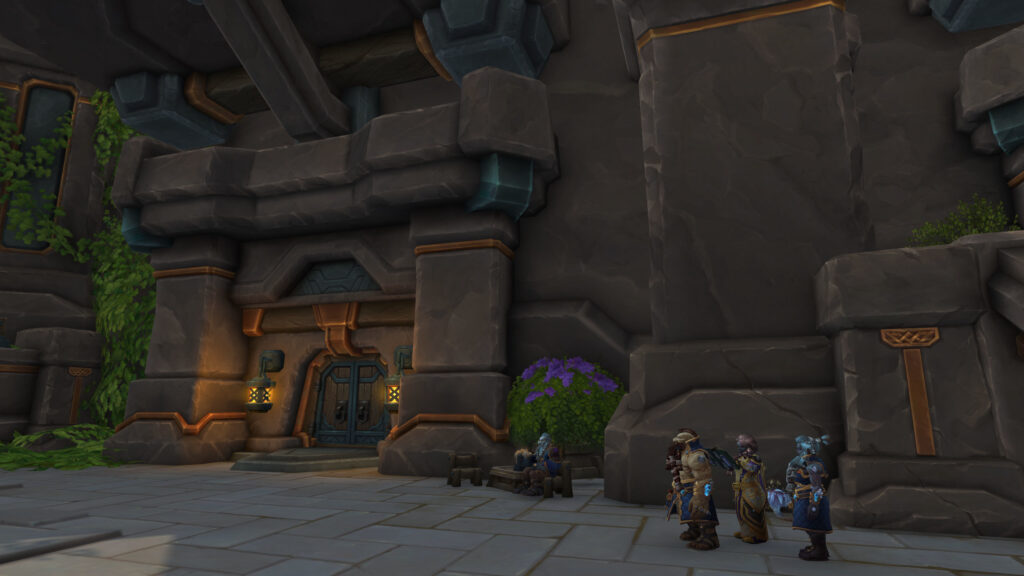
In Warcraft’s social fabric, rivalry is the unseen bond connecting generations of players. It ensures the world stays alive long after expansions fade.
Conclusion
In the end, Warcraft’s rivalries are more than contests—they’re catalysts for creativity and community. Every duel, raid race, or leaderboard chase carries an emotional thread that connects players across years and continents. Rivalries ignite passion, inspire mastery, and forge friendships that last beyond the game itself. In competition, Azeroth finds its heartbeat.

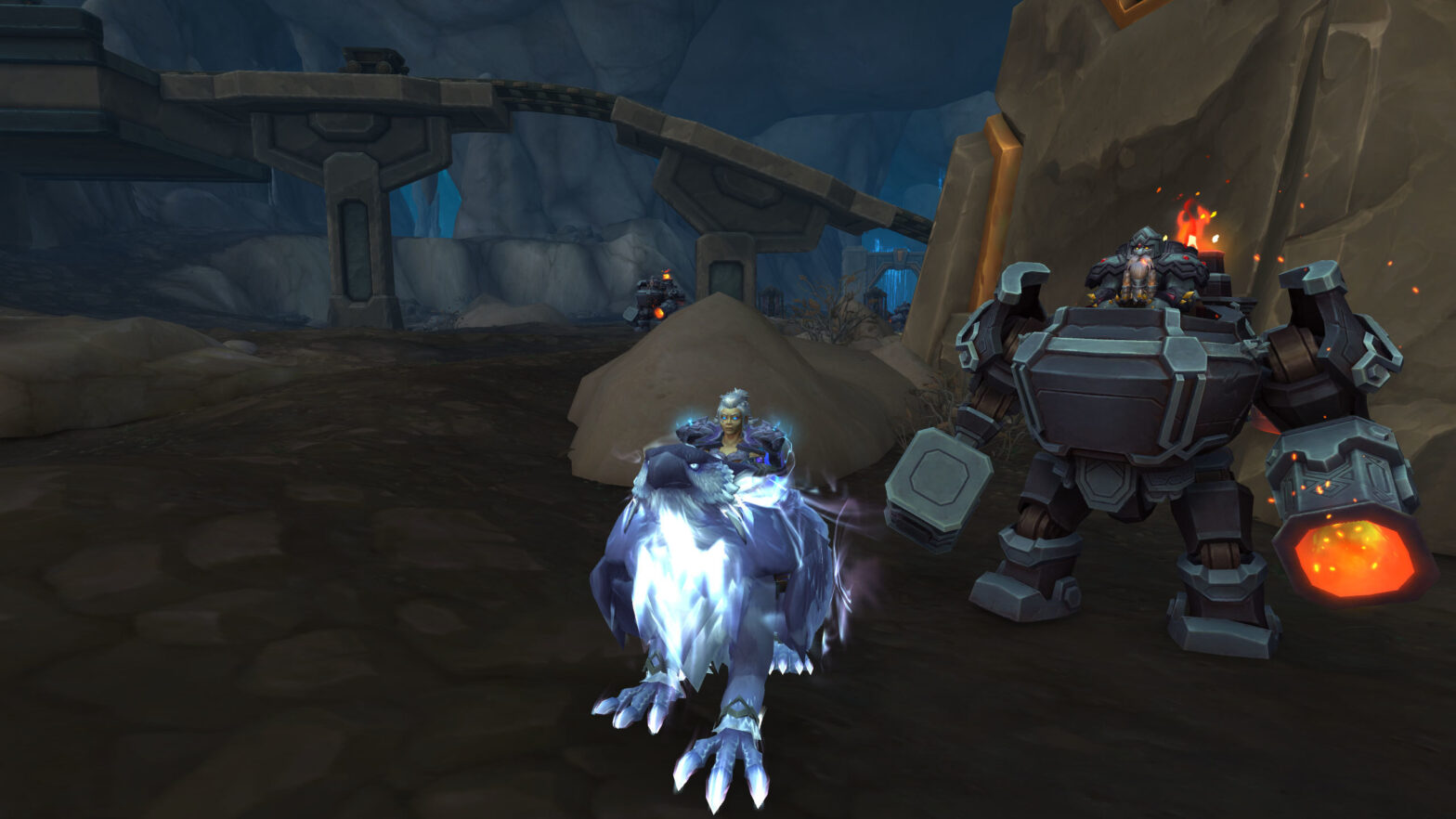
Leave a Reply